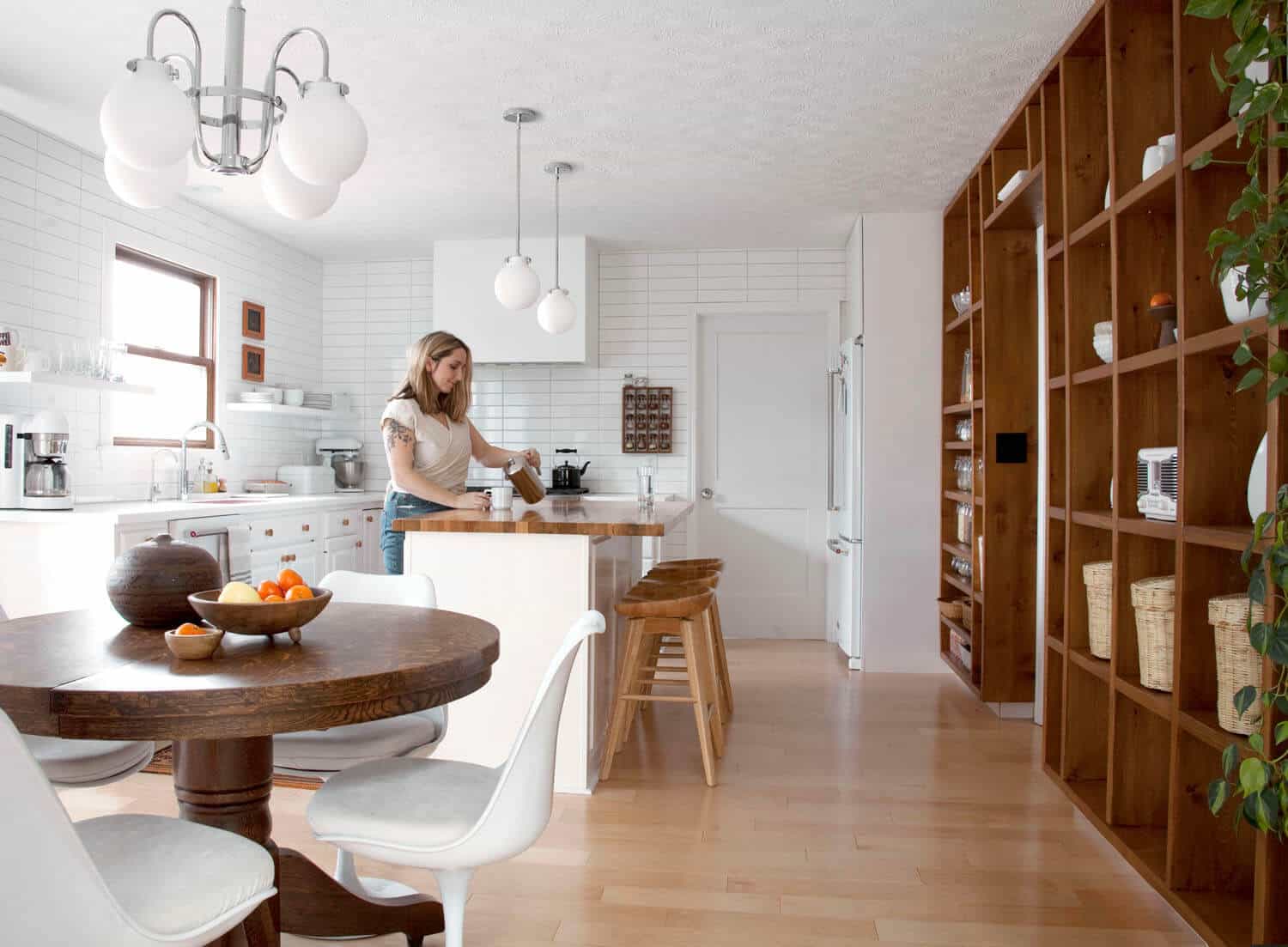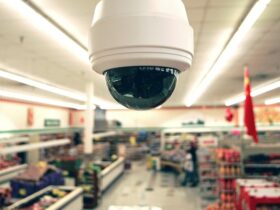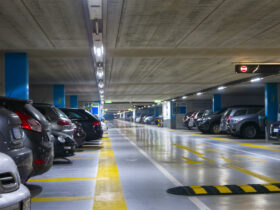The issue of parking in urban areas is an ongoing one. Basically, there are just not enough parking spaces to accommodate the number of people that either live or work in these locations. The shortage of parking spaces here means that urban parking lots are massively important. Nevertheless, this does not mean that they don’t have their own set of problems. In the below paragraphs we will take a look at the main challenges facing urban parking lots as well as some solutions that could potentially help to overcome them.
The Challenges
In urban areas, space is usually at a premium; it is no different for parking lots. Tightly packed spaces make it hard for people to operate these lots while restrictions with zoning makes it challenging for new lots to be developed. With all this in mind, it is not difficult to see how some urban parking lots quickly become overcrowded, with people trying to cram their vehicles into any dedicated parking spot they can find. This inevitably leads to frustrated drivers, but it can also be a safety issue for cyclists and pedestrians.
Congestion is another key issue in and around urban parking lots. With people trying to get a space within the lot, a backup of traffic waiting to get in can cause congestion in the surrounding area. This can then lead to safety issues and much frustration. Moreover, with so many cars idling, there is also pollution to contend with. Increased carbon emissions from vehicles in urban areas is having a major impact on climate change, which is ultimately bad for all of us.
The Solutions
According to parking lot paving experts Parking Lot Pros, innovative design and the use of technology are the two best ways to solve at least some of the challenges facing urban parking lots. The use of smart parking systems that can detect available parking with sensors and then guide drivers to said spaces could help prevent both congestion and frustration.
Electrical car stacking systems could also help maximize space, ensuring that urban parking lots become more efficient. This would reduce the need for such a large parking area.
In urban areas, commercial and residential parking spaces can be shared, and multilevel parking lots will help to make space go even further.
However, perhaps the best solution to the issue of urban parking is to make it more attractive for people to just leave their cars at home. Improving public transport and introducing higher parking charges might deter more people from driving into our towns and cities and potentially help reduce the burden on the few parking lots that are there.
Conclusion
Countless cities across the world have been dealing with their urban parking lot issues by implementing some of the solutions mentioned above. For example, in Barcelona the council has introduced a pricing system for urban parking that encourages more people to cycle or take public transport into the heart of the city.
In Stockholm, an electronic road pricing scheme charges motorists that enter the city by car between the hours of 6:30 AM and 6:30 PM.
In Portland, Oregon, a shared parking system is in place that allows workers and residents to share spaces. This has helped reduce the need for more land being allocated for parking.
And finally, the automated stacking system is already in use in Singapore, helping to maximize the space they have for urban parking.
With the many challenges faced by our cities in terms of parking, we must learn to utilize innovative design and technology to help solve them. This will make our cities both cleaner and safer for everyone by reducing traffic congestion and cutting carbon emissions.




























Leave a Reply